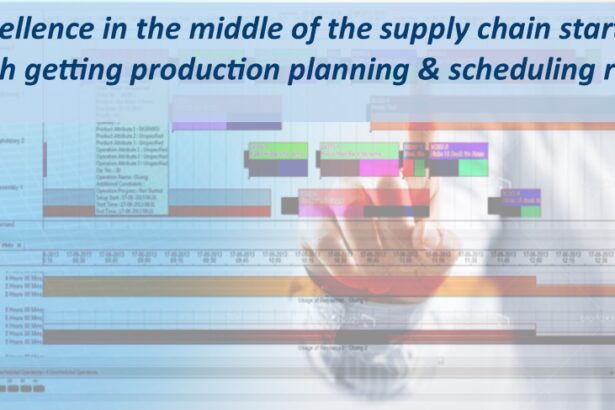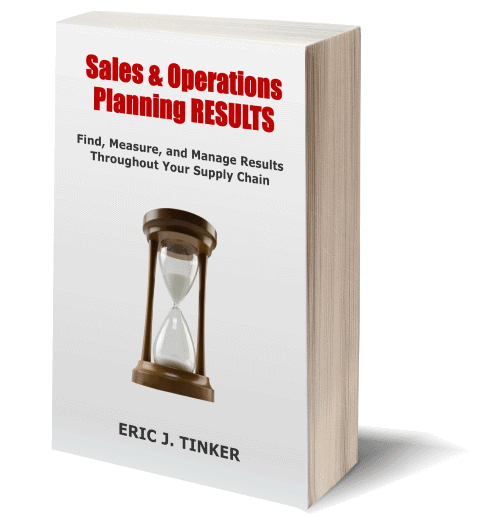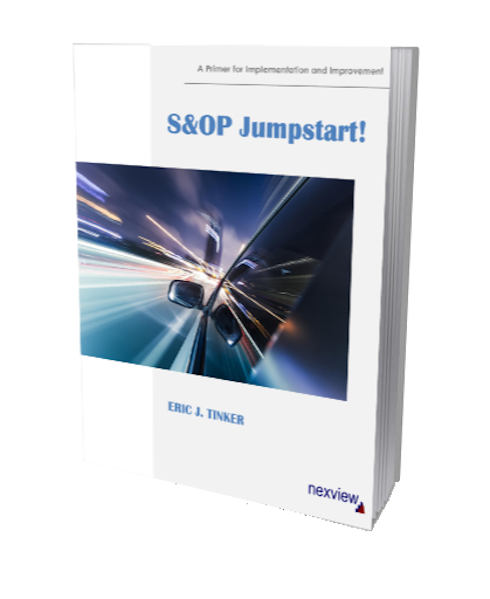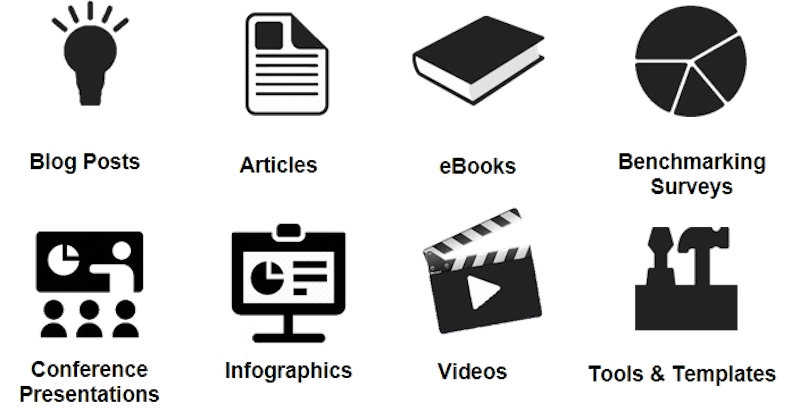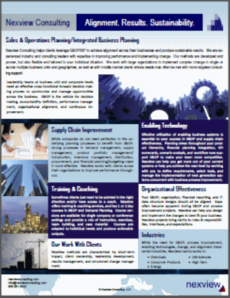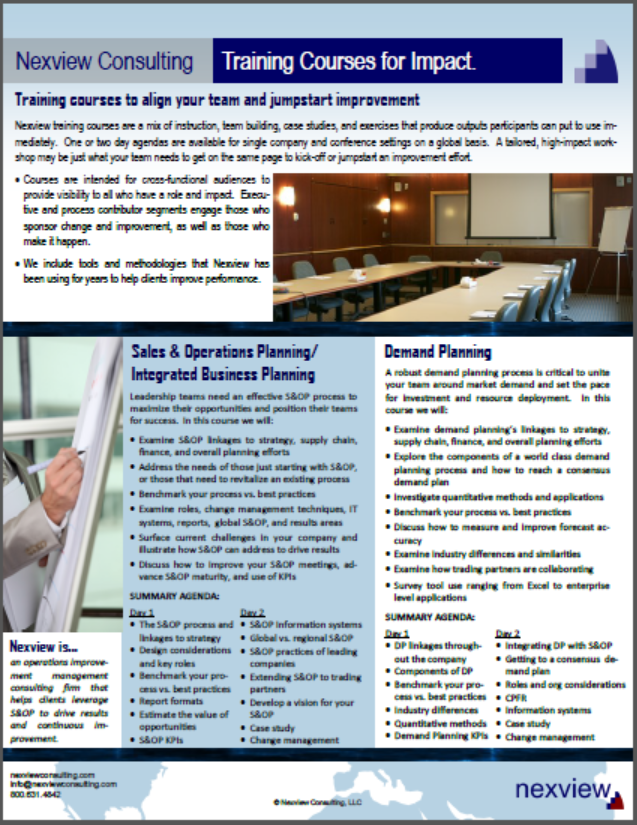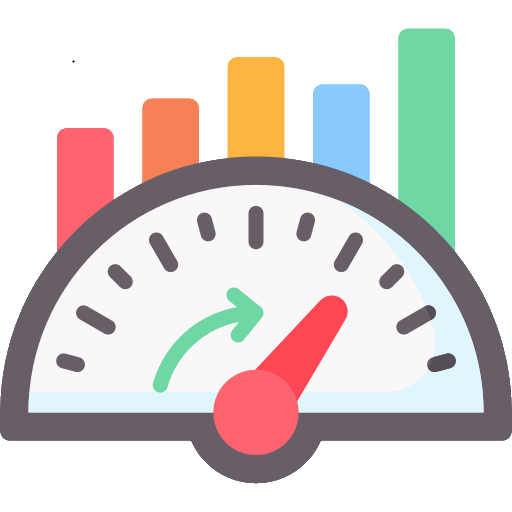Is AI Good for S&OP
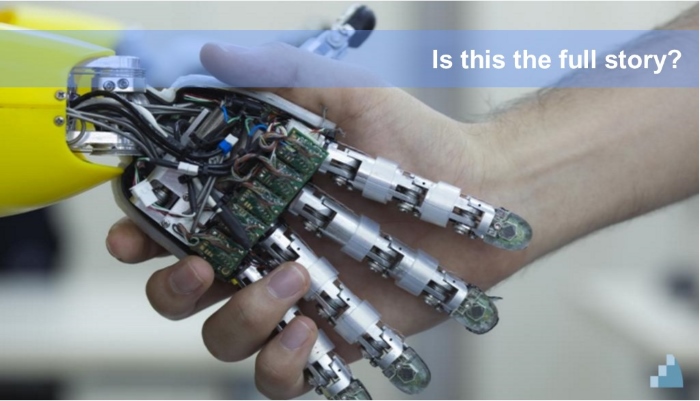
It’s not a big leap to say that a step change in decision support (if I dare use that gray hair term from the 90’s) is upon us not only for Sales & Operation Planning, but for business intelligence in general. Those of us who really get the power of S&OP will agree these two are inextricably connected. There’s a lot out there about all the buzzwords, the technology, and how great it’ll all be, so please read those articles if that’s what you’re after. I know there’s some terminology specifics, but for bigger picture purposes, I’m just going to call it all “AI”. Recent history shows us that fortunes will be made for some new guys we’ve yet to hear about, and also by the powerful players we all know about.
This post just asks the question in the title, emphasizes the need for AI, and makes a point about balance. Two sides of the sword if you will. This post is a little more editorial than subject matter oriented, but here goes.
AI: Eat or Be Eaten
Those that harness the data and turn it into information fastest will separate themselves from the competition. Like all of us, I’m learning of course, but a few tactical applications I’ve seen that can aid S&OP decisions include:
- Use of real time data to update master planning data (e.g. lead times)
- Instant correlation demand with a variety of real time macro-economic indicators
- Sentiment measured based on “unstructured data” (text in social media) and correlating that to demand.
All tactical perhaps, but used for longer-term/larger decisions in S&OP. Please share other applications you’re familiar with. The AI part comes in when an IT system makes automated adjustments based on this source data. The human interaction or approval is still there in most places as we’re all learning/testing, but for how long?
Companies that lag with their implementation of AI will lag at an increasingly higher rate and many will just be eliminated. The rich will get richer too, as has been the case since the beginning of time. Just look at what the “FAANG” and a few other companies are demonstrating in the US stock market, and I’m sure there are others in other places around the world too. Investors are betting on the use of information at scale. The farce of the management/insurance system we have in the US medical system is now an Amazon target. Something else will be next for them, because they can. The point is, the use of the information creates wealth, wealth creates scale and power, scale and power create dominance. This sequence appliances in all of business, and companies will have to decide if they want to eat or be eaten.
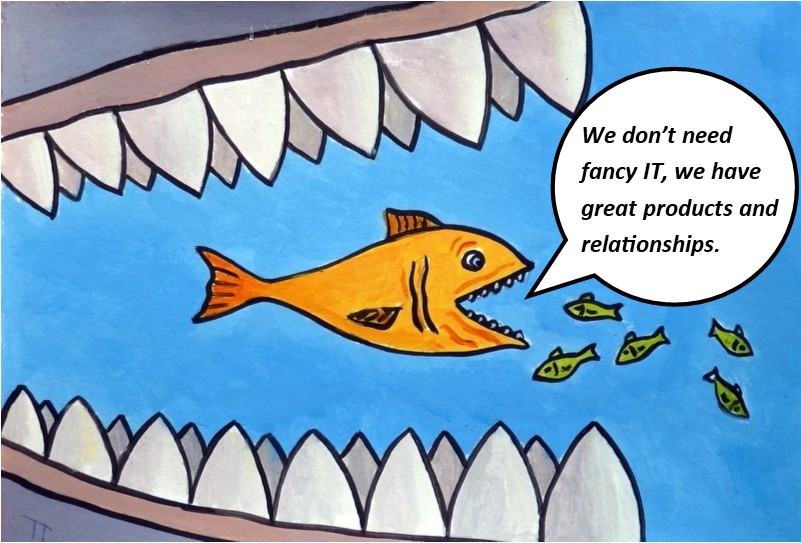
AI: A Two-Sided Blade
The other side of the sword are the risks with the dependencies these technologies will create. I’ll use the analogy of coming automated transportation. My son’s generation in the US does not know how to drive a manual transmission car. This is fine for the US, but not always when travelling to ROW. His children probably won’t know how to drive a car at all, which again, maybe okay for their comfy immediate surroundings. For S&OP/IBP, once companies get to prescriptive analytics maturity (the ability to influence the future based on analytics), the subsequent generation of executives in those companies run the risk of only being able to fly on autopilot. The basic principles of S&OP structuring company collaboration and decision making could disappear in these companies.
Perhaps okay for some situations, but at the end of the day, teams will still need to think and work together on some level, and skills and structure will be needed for this, otherwise we become the robots. Hopefully, we’ll still be able to collaborate in ways that don’t require a smartphone.

Thus, I offer companies must take advantage of what is to come or face elimination. Not working on this yet? Yes – you’re falling behind and complacency is the enemy of survival. Nervous? Good. Maybe you’ll do something about it. For those that get to the prescriptive analytics stage in the future, hopefully your S&OP process has shown you the value of keeping humans aligned and you can pass that on to the smart phone and AI dependent generation of executives to come. They’ll be calling the shots before we know it.




